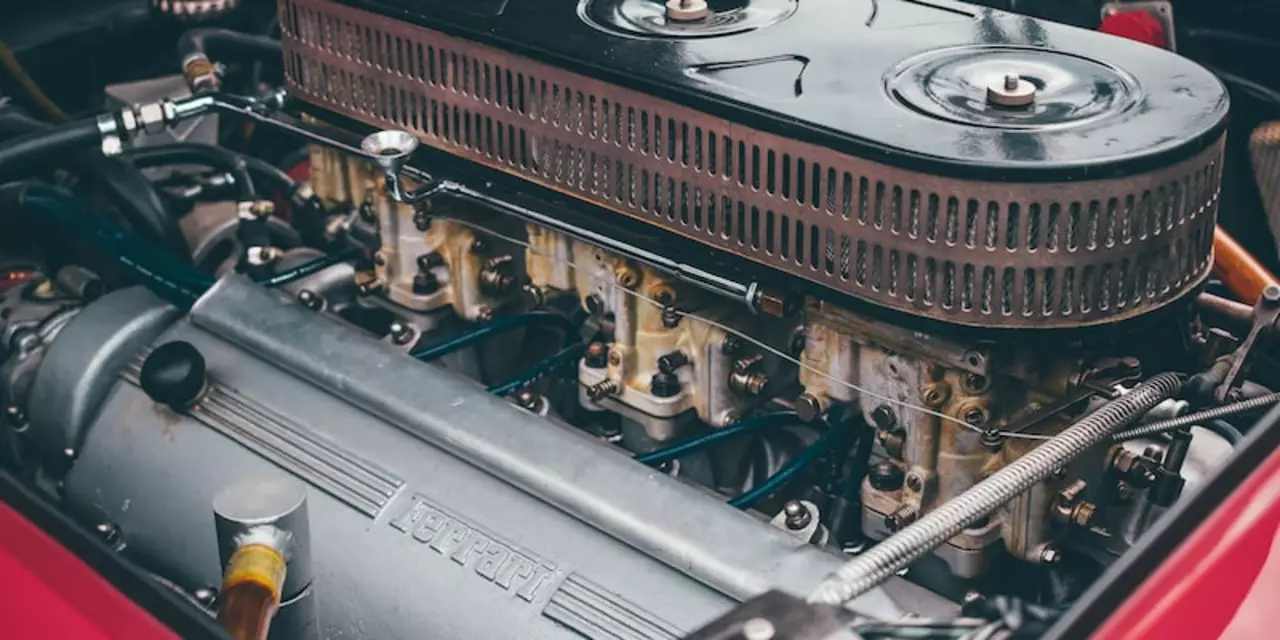February 2023 Motorsport Roundup
Hey speed fans, February was a busy month on the Southwest tracks. From local rally battles to karting showdowns, there was plenty to talk about. If you missed any of the action, you’re in the right place – we’ve pulled together the highlights you need to know.
What You Missed in February
First up, the Plymouth Rally kicked off on the 5th. Rough coastal roads and tight forest sections gave drivers a real test of skill. The headline win went to local hero James Morgan, who edged out the competition by just two seconds. Fans loved the close finish, and the event drew a record crowd for a weekend rally in the area.
Mid‑month, the Exeter Karting Championship rolled around. Young racers from across the region hit the track, and the intense battles kept spectators on the edge of their seats. Emma Clarke, only 16, took the top podium spot, proving that fresh talent is thriving in Southwest motorsport.
Motorbike enthusiasts weren’t left out either. The Bournemouth Hill Climb on the 18th saw riders tackling a steep, twisty course that tests both bike and rider. Veteran rider Tom Hughes posted the fastest time, but the real story was the surge of new riders breaking personal bests – a sign that the local bike scene is growing fast.
We also covered the launch of the new pit lane upgrades at the Bristol Racing Circuit. The improvements mean faster pit stops and better safety for teams, something every racing fan appreciates. Team managers praised the new layout and said it will help them stay competitive.
Beyond the events, February brought a wave of gear reviews. We tested the latest Brembo brake kits on a Honda Civic and found a noticeable drop in stopping distance – a must‑read for anyone looking to upgrade their street car. The review also broke down installation steps in plain English, so even DIY folks felt confident.
What’s Coming Next
Looking ahead, March promises even more excitement. The Swindon Drag Strip is set for a night of high‑octane runs, and the local drag community is already buzzing about record‑breaking quarter‑mile times. If you love the sound of a revving engine, this event is a must‑watch.
Another highlight on the calendar is the Somerset Hill Climb series, starting the last weekend of March. The course is known for its steep gradients and tight corners, making it a perfect test for both rider skill and bike performance. Keep an eye out for early signup discounts – they’re a great way to get involved without breaking the bank.
We’ll also be releasing a buyer’s guide for the best affordable race helmets of 2023. The guide compares comfort, safety ratings, and price points, helping you pick the right gear without endless research.
That’s the February wrap‑up from Southwest Motorsport Hub. Stay tuned for more race reports, gear tips, and behind‑the‑scenes stories. Got a race you want us to cover? Drop us a note – we love hearing from the community.
A racing car has a wide base for increased stability and cornering ability. The wider base helps the car to grip the track surface better, allowing for faster speeds and more control. The wider base also helps the car to distribute its weight more evenly, reducing the risk of the car spinning out of control. The wider base also gives the car aerodynamic benefits, helping to reduce drag and thus increase speed. Finally, the wider base helps to protect the driver in the event of a crash, as the impact is spread out over a larger area.
Race engineers make use of a range of software tools to analyse and prepare cars for the motorsport racing environment. These tools allow the engineers to gain insights into the performance of the race car, identify areas of improvement, and make informed decisions on setup changes. Some of the most popular software tools used include Simulink for model-based design, MATLAB for data analysis, and CarSim for vehicle dynamics modelling. Race engineers also use a variety of software applications to manage and monitor race data, such as RaceLogic for logging and analysis, RaceRender for video and data analysis, and RaceChrono for lap timing. Ultimately, the software tools used by race engineers help ensure that race cars are performing at their best and give teams an edge in the competitive motorsport landscape.


